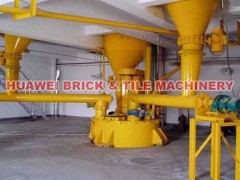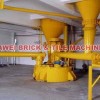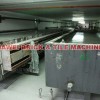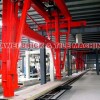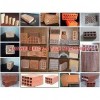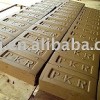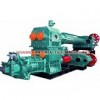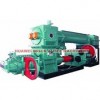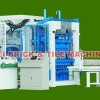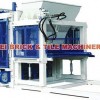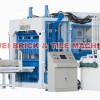AAC (Autoclaved aerated concrete) block production plant supplied by Hua wei company had gotten the patent! If choose us, save your money, safety your machine!
In order to help u clear about AAC production line, let me introduce you about aac block first.
The Autoclaved Aerated Concrete (AAC) material was developed in 1924 in Sweden. It has become one of the most used building materials in Europe and is rapidly growing in many other countries around the world.
Autoclaved Aerated Concrete, also known as Aircrete, is a lightweight, load-bearing, high-insulating, durable building product, which is produced in a wide range of sizes and strengths.
AAC offers incredible opportunities to increase building quality and at the same time reduce costs at the construction site. AAC is produced out of a mix of quartz sand and/or pulverised fly ash (PFA), lime, cement, gypsum/anhydrite, water and aluminium and is hardened by steam-curing in autoclaves. As a result of its excellent properties, AAC is used in many building constructions, for example in residential homes, commercial and industrial buildings, schools, hospitals, hotels and many other applications.
AAC offers incredible opportunities to increase building quality and at the same time reduce costs at the construction site. AAC is produced out of a mix of quartz sand and/or pulverised fly ash (PFA), lime, cement, gypsum/anhydrite, water and aluminium and is hardened by steam-curing in autoclaves. As a result of its excellent properties, AAC is used in many building constructions, for example in residential homes, commercial and industrial buildings, schools, hospitals, hotels and many other applications.
Autoclaved aerated concrete is actually hydrated calcium silicate. The calcium is obtained from quick lime, hydrated lime and cement. The gypsum is used as a catalyst and for optimizing the properties of AAC.
The silica is obtained from silica sand, fly ash (PFA), crushed silica rock and/or stone. It is possible to obtain silica as a by-product from other processes, e.g. foundry sand or burgee from glass grinding, provided the levels of alkalis or other impurities are not too high.

